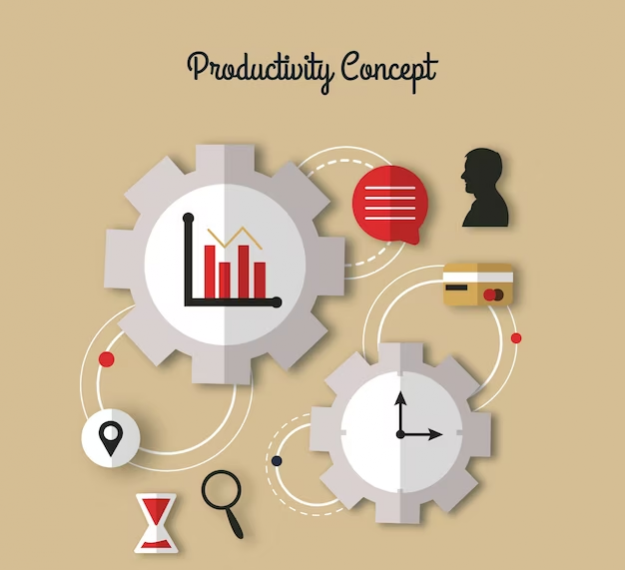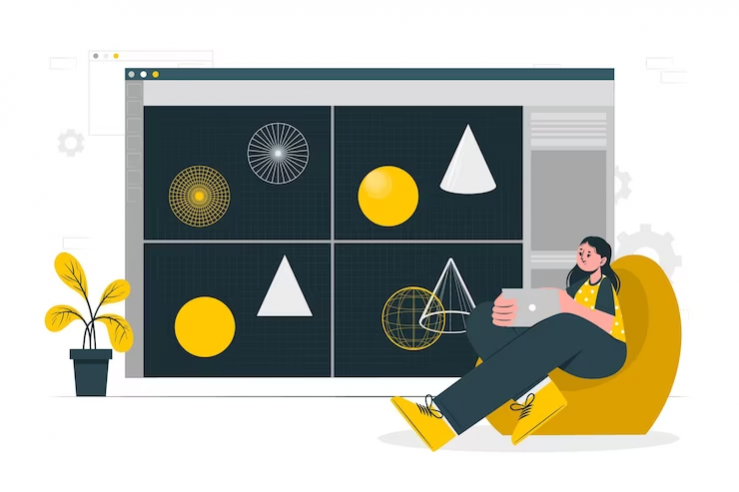The Benefits of using CAD Software for 3D Modeling

Computer-Aided Design (CAD) software has revolutionized the way we create and design products, buildings, and other physical objects. 3D modeling, in particular, has become a popular and essential aspect of many design processes. In this blog, we’ll discuss the benefits of using CAD software for 3D modeling.
Greater Precision and Accuracy
CAD software allows designers to create highly detailed 3D models that are precise and accurate. These models can be viewed from different angles, measured, and analyzed, making it easier to spot errors and make necessary adjustments. This precision and accuracy are essential in many industries, such as manufacturing and engineering, where even the smallest error can have significant consequences.
CAD software uses advanced algorithms to calculate and create complex geometries, allowing designers to create accurate and intricate designs. With the ability to zoom in and out, rotate, and manipulate the model, designers can view their creations from different angles, ensuring every detail is in place.
The precision and accuracy provided by CAD software are particularly crucial in industries such as engineering and manufacturing, where even the smallest error can have significant consequences. CAD software allows designers to test and analyze their 3D models, ensuring they are structurally sound and meet all necessary requirements.

Faster Design Process

With CAD software, designers can create 3D models much faster than with traditional methods. The software’s ability to automate many design tasks, such as creating complex geometries, can speed up the design process significantly. Additionally, 3D models can be easily modified and updated, reducing the time needed for design changes.
Another significant benefit of using CAD software for 3D modeling is the faster design process it provides. Compared to traditional drafting methods, CAD software significantly reduces the time required to create and modify 3D models.
With CAD software, designers can automate many design tasks, such as creating complex geometries, making it faster to create the initial 3D model. This automation also reduces the time needed to make changes to the model, as modifications can be made with just a few clicks.
Improved Communication and Collaboration
CAD software makes it easy for designers to share 3D models with clients, stakeholders, and other team members. This allows for better communication and collaboration during the design process, reducing misunderstandings and errors. 3D models can also be easily shared across different software platforms, making it easier to integrate designs with other parts of a project.
Another significant benefit of using CAD software for 3D modeling is the improved communication and collaboration it provides. CAD software allows designers and stakeholders to communicate and collaborate more effectively, resulting in better designs and more successful projects.
With CAD software, designers can create 3D models that accurately depict the final product, allowing stakeholders to visualize and understand the design more clearly. This visualization is particularly important for non-technical stakeholders, who may have difficulty understanding traditional 2D drawings.

Reduced Costs

By using CAD software for 3D modeling, designers can reduce the costs associated with traditional prototyping and manufacturing.
Here are some of the ways in which CAD software can reduce costs:
-
Reduced Material Costs: With CAD software, designers can create accurate 3D models, which can be used to optimize material usage. By using less material, manufacturers can reduce the overall cost of production.
-
Faster Design Process: As discussed earlier, CAD software enables designers to create and modify 3D models more quickly, reducing the time needed to complete projects. This reduction in time can lead to lower labor costs and shorter project timelines.
-
Reduced Errors and Rework: With traditional drafting methods, errors can be made that can result in costly rework. CAD software’s precision and accuracy reduce the likelihood of errors, reducing the need for rework and the associated costs.
-
Rapid Prototyping: As mentioned earlier, 3D models can be printed using 3D printing technology, which is faster than traditional prototyping methods. This rapid prototyping enables designers to test and refine their designs quickly, reducing the time and costs associated with physical prototypes.
-
Collaborative Design: By enabling real-time collaboration between team members, CAD software reduces the need for time-consuming meetings and emails.
-
Reuse of Designs: CAD software allows designers to save and reuse designs, reducing the time and costs associated with creating new designs from scratch.
Enhanced Design Visualization
CAD software allows designers to create realistic 3D models that can be viewed from different angles, with different lighting and textures. This enhanced design visualization makes it easier for clients and stakeholders to understand the final product and make informed decisions.
Here are some of the ways in which CAD software can enhance design visualization:
-
3D Modeling: CAD software enables designers to create 3D models of their designs, providing a more realistic view of the final product compared to traditional 2D drawings.
-
Photorealistic Renderings: CAD software can generate photorealistic renderings of 3D models, giving stakeholders a more accurate view of what the final product will look like.
-
Animation and Simulation: CAD software can also create animations and simulations of 3D models, allowing designers and stakeholders to see how the product will function in the real world.
-
Virtual Reality (VR): CAD software can be used to create virtual reality models of products, enabling stakeholders to experience the product in a virtual environment.
-
Augmented Reality (AR): CAD software can also create augmented reality models of products, allowing stakeholders to see virtual models overlaid onto the real world.

Conclusion
In conclusion, CAD software has numerous benefits for 3D modeling, including greater precision and accuracy, faster design processes, improved communication and collaboration, reduced costs, and enhanced design visualization. By utilizing CAD software for 3D modeling, designers can streamline the design process and create better products and buildings.


